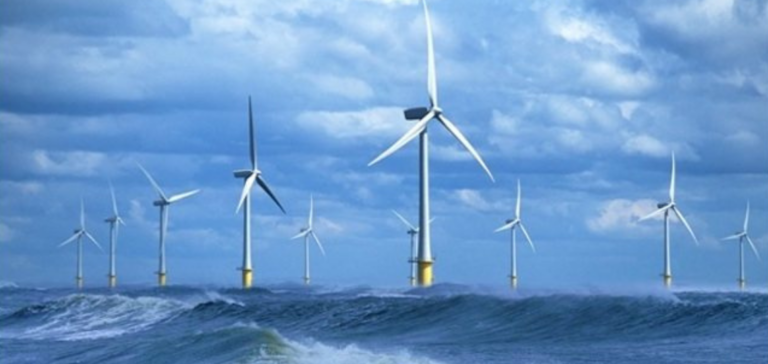In a bold move towards energy transition, The Crown Estate, manager of the seabed around England, Wales and Northern Ireland, recently unveiled a plan to significantly increase green electricity generation capacity. This initiative is part of the UK government’s target to achieve 50GW ofoffshore wind energy capacity by 2030.
Offshore wind farm projects concerned
The developers of seven offshore wind farm projects in development express their belief that they can generate additional capacity from areas of the seabed for which they already hold rights, making them directly affected by this decision. This reflects the Crown Estate’s ambition to catalyze the UK’s energy transition, while preserving a thriving marine environment and supporting the growth of communities, industry and the country.
Balancing economic development and environmental commitment
This initiative follows on from improvements in offshore wind technologies, which now make it possible to generate more clean energy from the same area of seabed. The Crown Estate approaches these requests by balancing the economic and clean energy potential of these projects with its commitments to nature, biodiversity and the effective management of an increasingly stressed seabed.
Environmental assessment process and stakeholder consultation
An assessment of the collective environmental impact of this additional capacity on all seven projects is planned. This assessment, called the ‘Plan-Level Habitats Regulations Assessment’ (HRA), will involve consultation with key stakeholders, including nature conservation organizations and regulators.
Statements by Gus Jaspert and Dan McGrail
Gus Jaspert, Managing Director of Crown Estate’s marine business, stresses the importance of a strategic and holistic approach to the increasing demands on the seabed. The proposed increases in capacity exploit areas that already have rights but are under-utilized, representing an optimal opportunity for the use of these resources. Dan McGrail, Chief Executive of RenewableUK, stresses the importance of maximizing offshore wind capacity to reach the 50GW target.
Finally, the Crown Estate is working with the government to define an assessment process that balances the needs of industry with those of nature and the marine environment. The aim is to achieve a determination of additional capacity within 12 months, subject to regulated planning processes.
The Crown Estate is positioning itself as a key player in the UK’s energy transition. By increasing offshore wind power generation capacity, the organization is making a significant contribution to achieving the country’s carbon neutrality and energy security objectives.






















